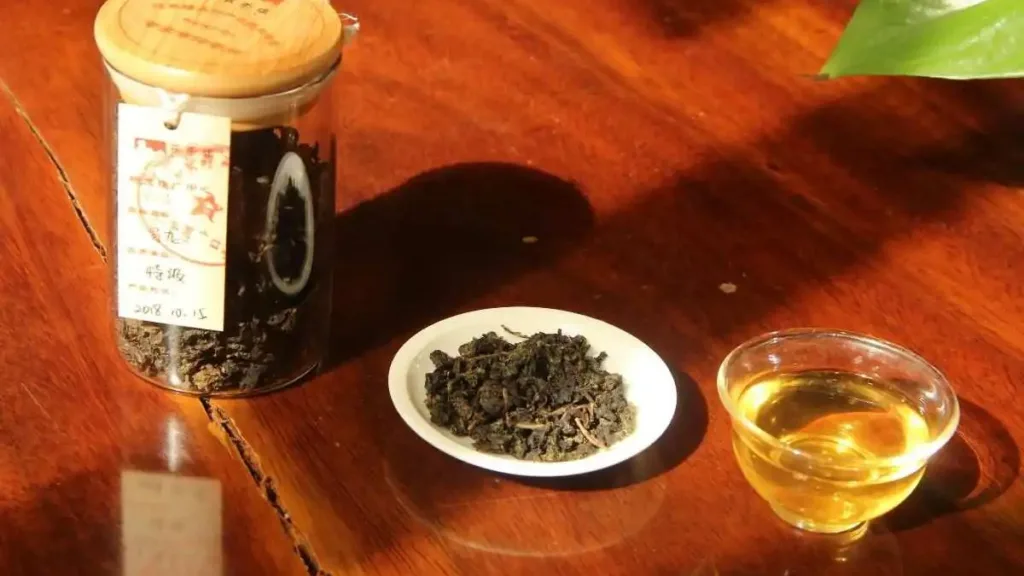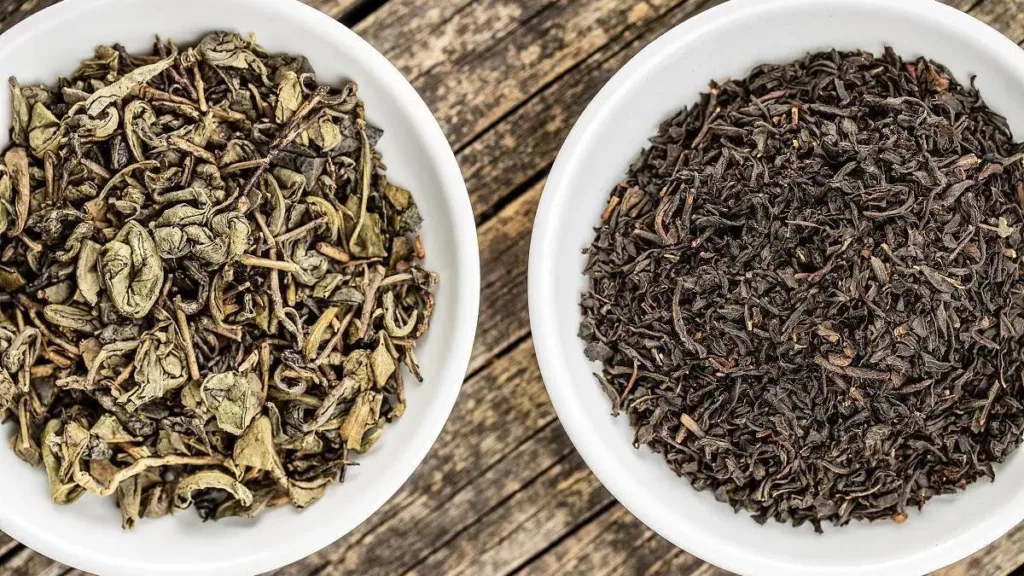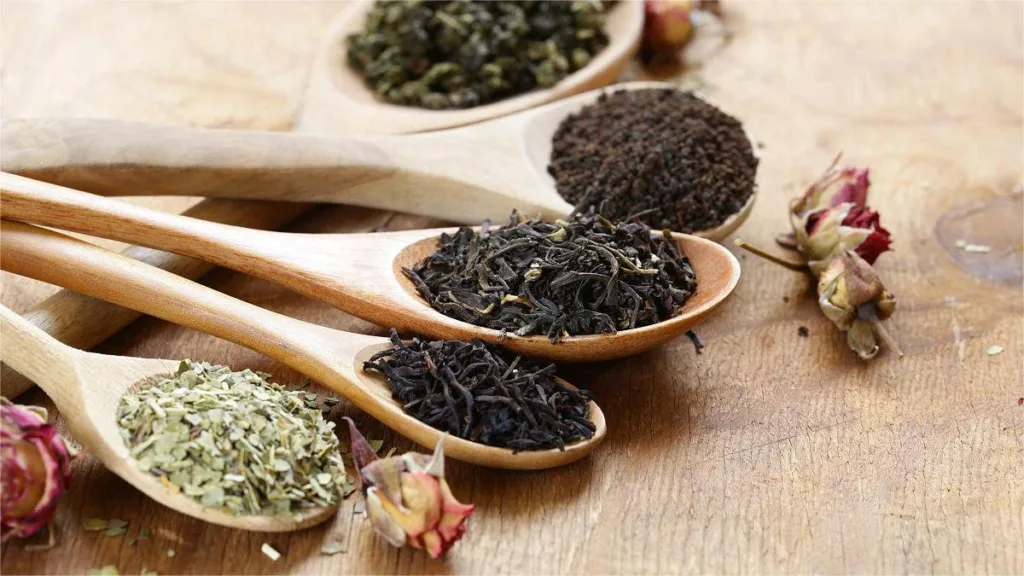Has coffee affected Chinese tea culture? I believe the answer is undoubtedly yes. This influence is not about right or wrong, good or bad, but rather a process of development. Chinese tea and coffee have a fascinating connection with China. The story of the origin of coffee has many versions, but the most plausible one can be found in Anthony Wild’s book, “Coffee: A Dark History.” In 1414, the treasure-laden fleet of Zheng He reached the port of Aden. A young Sufi religious leader named Gamal al-Din boarded the flagship of Commander Hong Bao and tasted a magical beverage made by the Chinese from the leaves of a magical tree. He swore to find a similar drink in Africa.
In Ethiopia, Gamal al-Din discovered that local goats would stay awake all night after eating another magical plant, and in another version, a shepherd named Kaldi and his goats, after consuming coffee beans, danced from dawn to dusk. And that’s how Gamal al-Din discovered coffee. He even roasted coffee leaves and coffee pulp using the same method that the Chinese used to pan-fry tea leaves.
The first stop for coffee was Africa, the second stop was Turkey, the third was England, the fourth was France, and the fifth was North America, where coffee experienced a significant turning point.
During the American Revolution, coffee defeated tea, and the Boston Tea Party involved the destruction of Chinese tea. The American revolutionaries associated tea with the British Empire, resulting in collateral damage to Chinese tea, but coffee became the mainstream beverage in the United States.
The British Empire’s trade with China, apart from opium, was largely unprofitable. However, the British eventually found a winning strategy. In 1842, the botanist Robert Fortune infiltrated China disguised as a Chinese merchant, a half-thief and half-buyer who smuggled Chinese tea plants. Chinese tea plant varieties were transplanted to the Darjeeling region of India, and the tea produced by the British East India Company saved the British Empire’s trade while defeating coffee. Tea became the national drink of the British Empire.
The Impact of Coffee’s Introduction on China
The exact timing of when brewed coffee first entered China is uncertain. The earliest recorded mention of coffee in historical records dates back to 1884 when the first coffee tree was planted in Taiwan. In the 10th year of the Qing Emperor Guangxu’s reign (1884 AD), a British tea merchant noticed that Taiwan’s climate closely resembled that of Central and South America, making it a suitable place for coffee cultivation. This merchant introduced 100 Arabica coffee trees to Taiwan, thus becoming the “pioneer” of Chinese coffee.
On the mainland, the earliest coffee cultivation began in Yunnan, at the beginning of the 20th century when a French missionary brought the first batch of coffee seedlings to the Binchuan County in Yunnan. Today, you can find coffee trees that were introduced over a hundred years ago in Guangdong, Guangxi, Yunnan, Taiwan, and Xiamen in Fujian, known as “Chinese coffee.”
Did you know that Yunnan’s coffee production now surpasses that of tea? Yunnan has long been associated with Chinese tea culture, yet it boasts a unique advantage in terms of coffee cultivation due to its geographical location, with the Tropic of Cancer running through the entire province. Compared to other crops, coffee cultivation offers higher returns, making more and more Yunnan farmers shift towards coffee cultivation. In 2012, the income from growing coffee on the same area of land was twice that of growing tea.
The Fusion of Chinese Tea and Coffee Culture
With the strengthening of cultural exchanges between East and West, tea and coffee, two beverages carrying different cultural traditions and spiritual qualities, have become part of cross-cultural communication, permeating into our lives. We see tea houses in Western cities and small to large coffee shops in Chinese cities, which serve as compelling proof of the exchange and development of cultures from around the world. Examples include Starbucks in the United States, Tully’s in Japan, and Balzac’s in Germany. In China as well, modern individuals, especially the younger generation, have adapted to the taste and ambiance of coffee and consider it a fashion statement. Westerners visiting tea houses not only come for tea but also to experience Chinese culture. Moreover, contemporary tea houses and coffee shops, in addition to local interior designs, provide related local services, making customers feel more at home. These two beverage cultures continue to blend and influence each other, resulting in a harmonious mix of East and West, sometimes sipping coffee with a “tea attitude.”
The rich culture inherent in tea and the boundless charm of coffee have left a profound impression on us. They are both essential forms of cultural expression in Eastern and Western civilizations. Chinese tea culture emphasizes tranquility, purity, self-cultivation, and moral development. In contrast, the consumption of coffee in Western culture is driven by passion, exuberance, and convenience. When people from these two cultures meet, not understanding each other’s culture can lead to misunderstandings, impoliteness, and unpreparedness. By understanding tea culture, we can better appreciate the spirit of ancient Chinese civilization, and through coffee culture, we can learn about the Western pursuit of freedom and enthusiasm, thereby improving cross-cultural communication and avoiding unnecessary complications, allowing for smoother and more effective intercultural communication.



